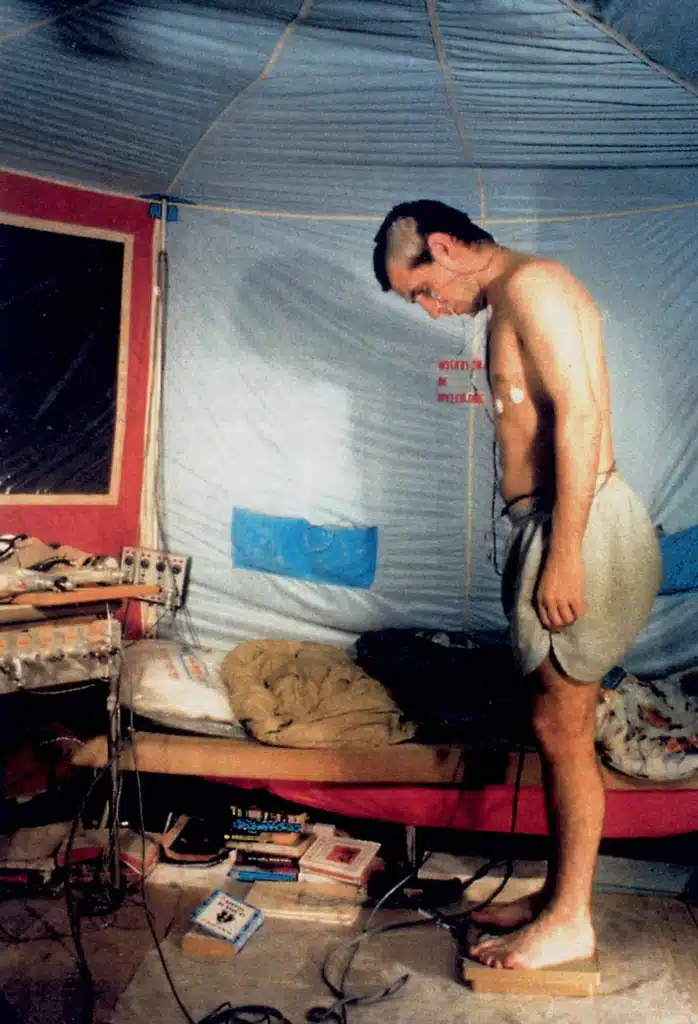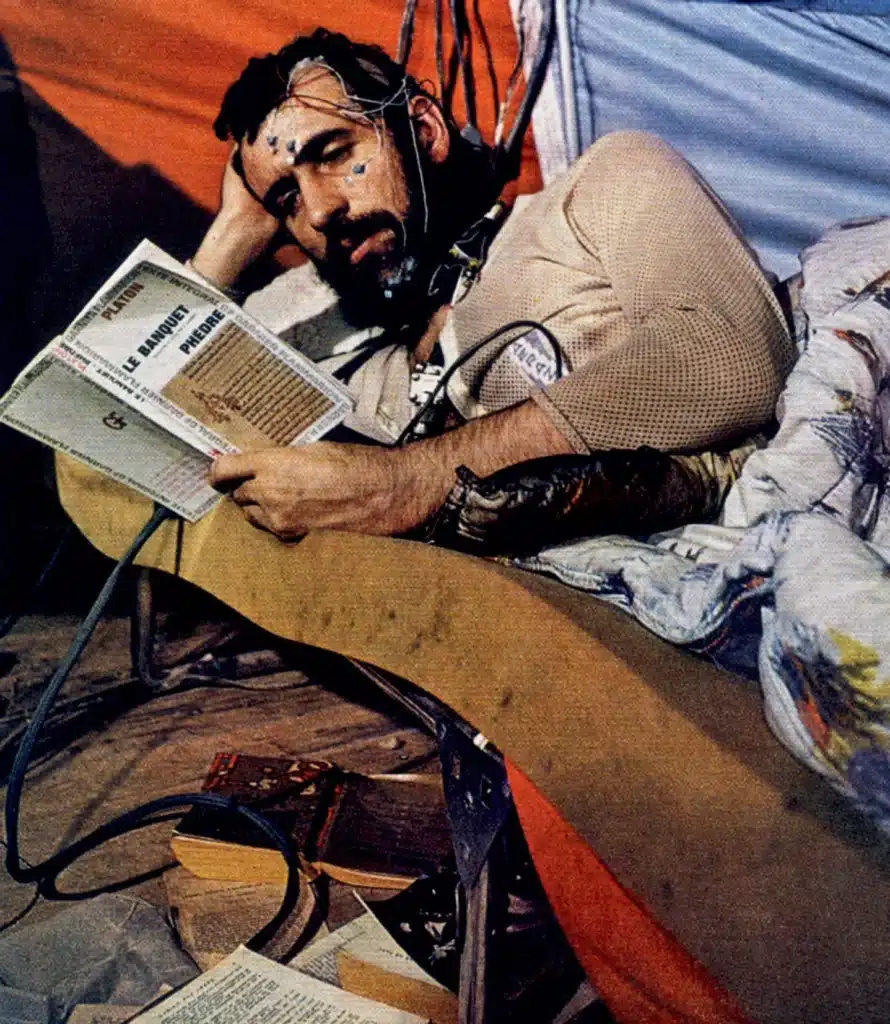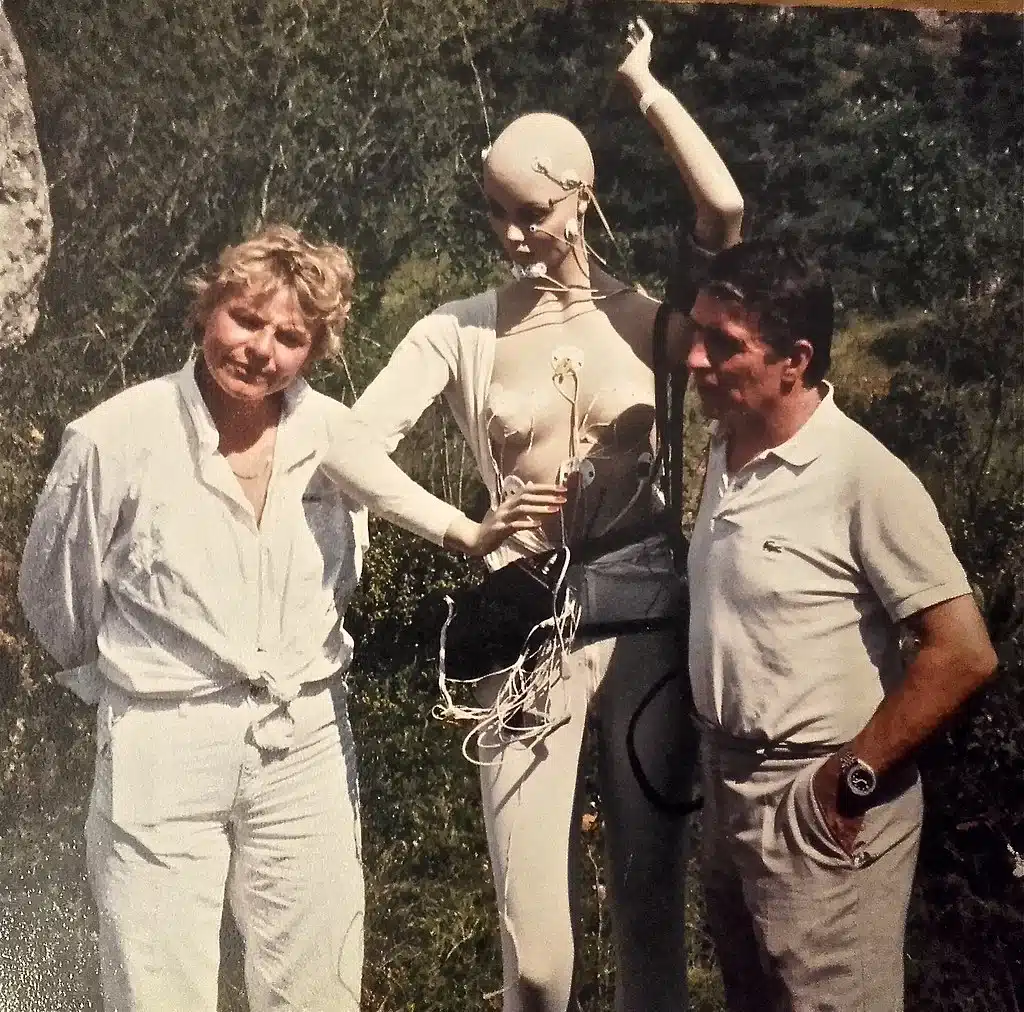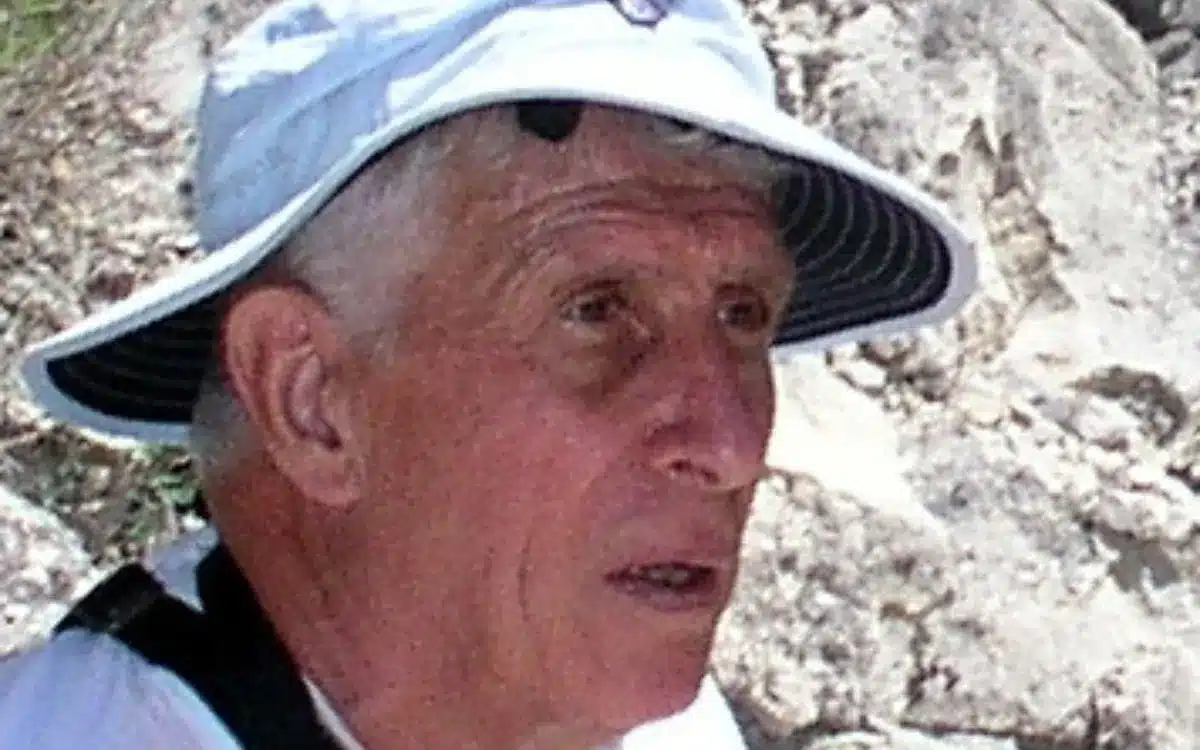Man who lived in cave for two months experienced astounding changes to body clock
- Michel Siffre set up camp deep within a cave in the Ligurian Alps
- He wanted to understand how the absence of external cues affects our biological rhythms
- He slept and ate according to his body’s natural rhythms
Published on May 01, 2024 at 7:08 PM (UTC+4)
by Daksh Chaudhary
Last updated on May 01, 2024 at 7:30 PM (UTC+4)
Edited by
Daksh Chaudhary
Over the years, we have seen many wild experiments and incredible discoveries, but only very few stories stand out as much as Michel Siffre.
Siffre became famous after making a daring adventure into the depths of a cave.
Can you imagine a young man, inspired by the space race of the 1960s, cutting himself off from the world for the sake of science?
That’s exactly what Siffre did, and what he achieved was truly remarkable.
READ MORE: NASA receives laser signal sent from mind-blowing 226 million kilometers away
Michel Siffre, a French explorer, adventurer, and scientist, became famous for his groundbreaking investigation into how humans experience time.
Siffre lived without clocks, calendars, or even sunlight for two whole months.
His mission was to understand how the absence of external cues affects our biological rhythms.
What Michel Siffre did was something that really takes a lot of courage – and we wouldn’t recommend it, really.
In today’s world, where we rely heavily on cell phones and gadgets like smart glasses from Meta and Ray-Ban, the idea of living without them seems impossible.

Yet, for the sake of science, Siffre did just that.
Armed with only a torch, Siffre delved 130 meters deep into the solitude of the cave.
He slept and ate according to his body’s natural rhythms, rather than adhering to society’s rigid schedules.
What he discovered was nothing short of extraordinary: our bodies have their own internal clocks, governing our biological processes in the absence of external time cues.

This remarkable discovery led to the creation of the field of human chronobiology.
But Siffre didn’t stop there.
Over forty years, he continued to explore the workings of the human body clock.
His dedication led him to conduct further experiments, including a six-month isolation in a cave in Texas.

That time, he concluded that without external time cues, humans adapt to a 48-hour cycle instead of the usual 24-hour one.
The impact of this research even helped NASA. They utilized his findings to help astronauts who had trouble remembering things after being away from clocks and sunlight for a long time.
Truly, what Michel Siffre did was not only extraordinary but also invaluable to our understanding of the human body.
Several images in this article are taken from Michel Siffre’s 1972 experiment
DISCOVER SBX CARS: The global premium car auction platform powered by Supercar Blondie






